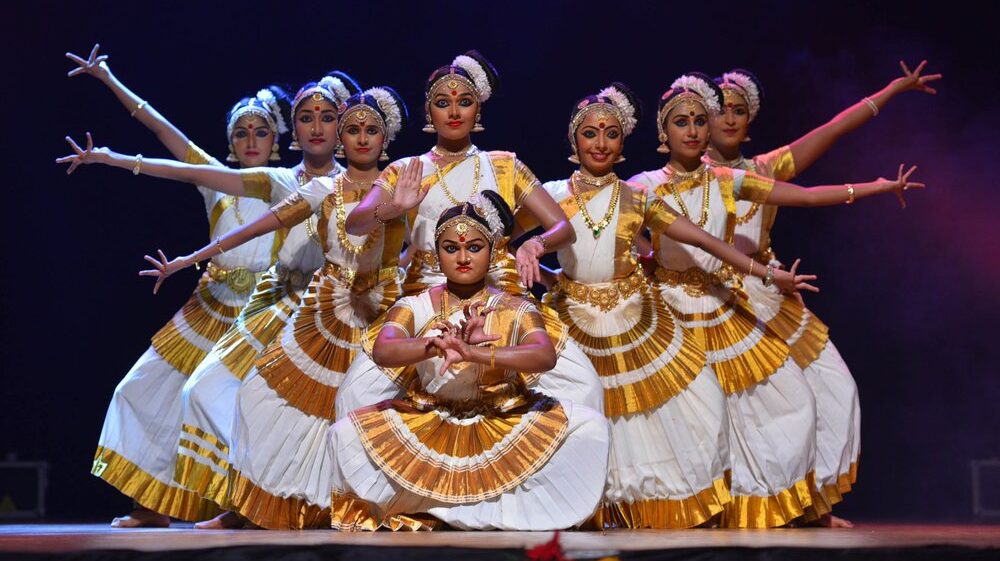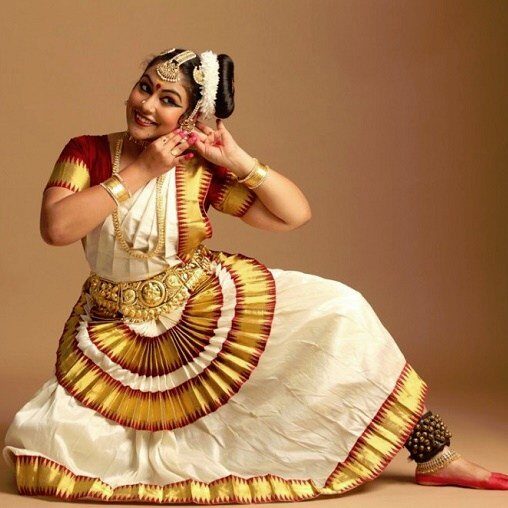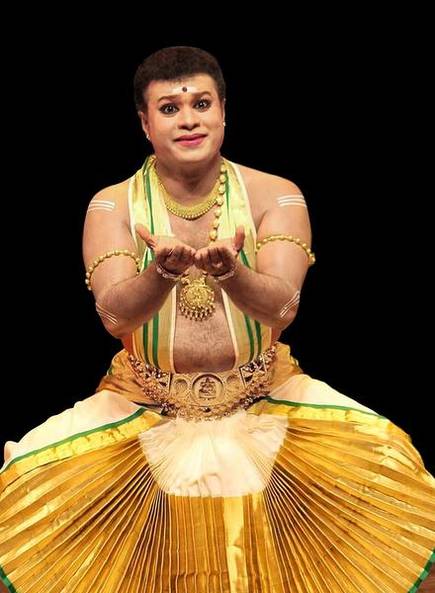Folk Dances of India: Mohiniyattam
India is one of the world’s oldest civilizations globally, and it encompasses a kaleidoscopic variety and rich cultural heritage. We have strengthened our socio-economic hold in the world ever since Independence. However, our classical heritage is something to be cherished since the very beginning of civilization. One of India’s famous classical dances that represent the historical enchantress avatar of the Hindu god Vishnu was developed in Kerala called Mohiniyattam.4 According to the mythological text, Vishnu took Mohini’s form to distract the demon Bhasmasura, while the gods took the elixir of immortality from the churning of the celestial oceans and thus saved the world from destruction.2 The Mohini myth forms the heart of every Mohiniyattam performance as it stands for good prevailing over evil.2

The earliest mention of this word can be found in the 16th-century text Vyavaharamala. The dance was systematized in the 18th century but later ridiculed as a Devdasi prostitution system during the British Raj, where it faced many bans.2 The socio-political conflict ultimately led to the revival and reconstruction of Mohiniyattam by the people of Kerala, particularly the poet Vallathol Narayana Menon. Since then, Mohiniyattam has not only been the focus of academic study but has also been integrated across India into the curricula of other art schools and universities.1
Like most classical dances, its roots come from the ancient Hindu Sanskrit performance arts named Natya Shastra. It follows the delicate, eros-filled and feminine Lasya style performed by a woman after extensive training. 3Mohiniyattam’s repertoire includes Carnatic style music, singing and performing a play by expressing your feelings in a musical. The song is typically a hybrid of Malayalam-Sanskrit and is called Manipravalam.1 Through delicate footsteps, undulating body motions, and subtle but poignant facial expressions, Mohiniyattam projects the essence of feminine grace-a quality. It is also noteworthy for their shringara (erotic) depictions of divine love.2
The South Indian Classical Music Ensemble for Mohiniyattam included a vocalist, a toppi maddalam (barrel drum) and a vina (long-necked lute). However, in the modern world, toppi maddalam is replaced by a mridangam (double-headed drum), and the vina is substituted by a violin. Manipravala, a literary mixture of Malayalam and Sanskrit, is the language of song texts.3,5
Mohiniyattam comprises 40 various basic movements called adavukal characterized by the swaying of hips and the gentle movements from side-to-side with straight body posture. Like most other classical dance forms in India, this dance utilizes the sign language (mudra) mentioned in the ancient Hastha Lakshanadeepika treatise to convey the story.5 These mudras are expressed through the fingers and palms of the hands. Mohiniyattam emphasizes acting and expressing emotions through a musical performance wherein the performer identifies herself with the character and resonates her sentiments in the compositions like the Padams and Pada Varnams.5 A white sari, bordered with broad golden brocade (called kasavu in Malayalam) forms the simple but elegant attire for Mohiniyattam.3 This costume provides it with a unique identity among classical dance forms of India. It leaves the audience with an awe of the performer.
For many years now, Indian Classical dance has been one of the most influential folk forms globally. Foreigners are mesmerized by our rich cultural capital and continue to remain in awe of our history and our styles’ evolution. The choreography, costumes, jewellery, and makeup continue to inspire, dazzle, and dominate the global cultural market. This proves that the finesse and richness of our heritage are alive and will grow with generations to come.
_____________________________________
Independent Project by Sezal Chug. Guide Prof. Manohar Khushalani
_____________________________________
-
1.Tourism K. Mohiniyattam. KERALA TOURISM . Accessed February 23, 2021. https://www.keralatourism.org/kerala-article/2010/mohiniyattam-classical-dance/81
-
2.Britannica E. Mohiniyattam. Indian dance. Accessed February 23, 2021. https://www.britannica.com/art/mohini-attam
-
3.CCRT G. Mohiniyattam Dance. CCRT. Accessed February 23, 2021. http://ccrtindia.gov.in/mohiniyattam.php
-
4.Wikipedia encyclopedia. Mohiniyattam. Wikipedia, the free encyclopedia. Accessed February 23, 2021. https://en.wikipedia.org/wiki/Mohiniyattam
-
5.Utsavpedia .com. Mohiniyattam. Mohiniyatam Dance style. Accessed February 23, 2021. https://www.utsavpedia.com/cultural-connections/the-spell-bounding-dance-mohiniyattam/



